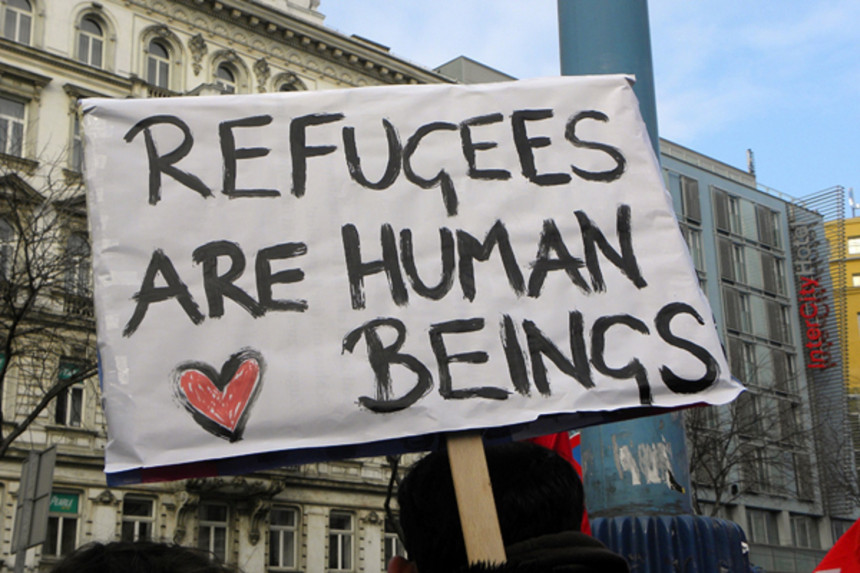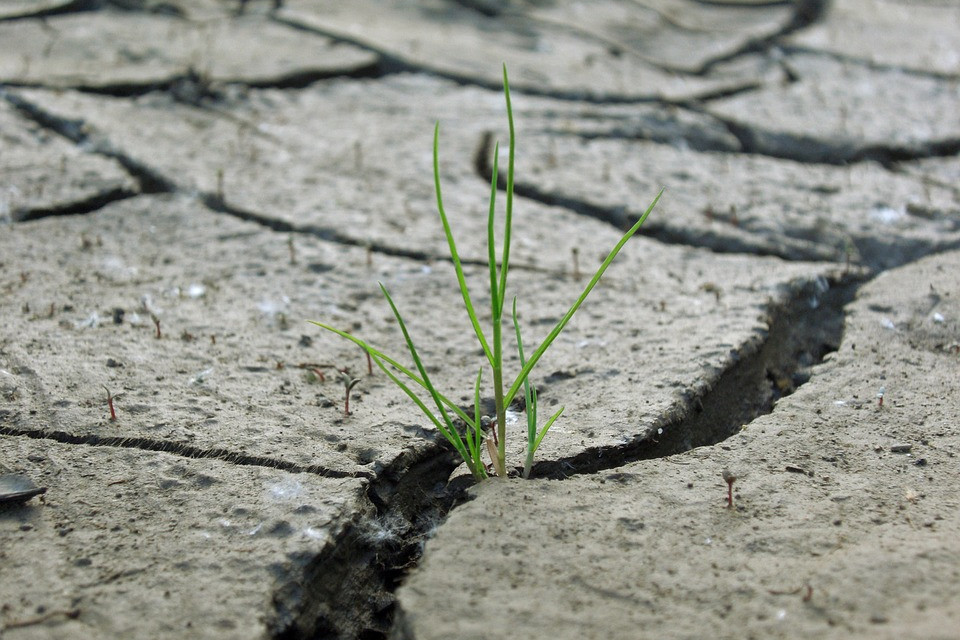
First Europe pretended that the refugee crisis is a problem of the Middle East; then its central and northern states saw it as a problem of frontier states like Italy, Greece and Bulgaria. They took comfort with the Dublin Regulation, which stipulates that the first points of entry within the EU are obliged to register newly arriving refugees and accommodate them for asylum seeking procedures afterwards. Now that refugee numbers are overwhelming this accord, Europe struggles to share the burden and find common solutions.
The refugees who are arriving today have been displaced some time ago; they were just not displaced to the EU yet. The tragic death of the little Alan Kurdi, who was washed up on a Turkish beach after his family had tried in vain to reach the Greek island of Kos, illustrates this. His parents came from the relative safety of Turkey and after the tragedy his surviving father returned to his native Kobane in northern Syria, which was liberated from ISIS forces in January 2015. So what is the current refugee situation in the Middle East and what does that mean for possible future flows to the EU?
Currently there are 4 million Syrian refugees in neighbouring countries and 7.6 million internally displaced people (IDPs) within the country. This is half of the entire population and almost a fifth of the global refugee population, which currently stands at 60 million, a level not seen since the Second World War. Tiny Lebanon with a population of only 4.5 million has seen the influx of 1.1 million Syrian refugees, another 1.9 million are in Turkey, 630.000 in Jordan, 130.000 in Egypt and 250.000 in Iraq according to the UN Refugee Agency UNHCR.
Adding to these numbers there is Iraq, which has been drawn into the Syrian quagmire by the ISIS phenomenon. During the civil war in the wake of the US occupation, many Iraqis fled to Syria, which was safe at that time. The civil war subsided after 2007 when tribes turned against the ISIS predecessor Islamic State in Iraq and were assisted by a surge in US troops. Some Iraqis returned from Syria, others had moved on to other, preferably Western countries.
ISIS emerged in spring 2013
ISIS started out in the east of Syria in spring 2013, led by former Baath officers and jihadists from Iraq. Once they had established themselves in Syria, they turned the spotlight on their country of origin. They capitalized on widespread Sunni grievances against the Shiite led government in Baghdad, prepared the ground with sleeper cells and captured large areas, first in the western province of Anbar in the first half of 2014 and then in the northern provinces of Salah ad-Din and Ninewa, where they conquered Mosul in June 2014. Shortly after, they attacked the Yazidi minority in the nearby Sinjar Mountains, killing and enslaving thousands. Further south, refugee flows out of Anbar continued for much of 2014 and 2015 and saw a renewed spike after ISIS's conquest of Ramadi in April 2015.
Iraq now has 3.2 million IDPs, mainly from the ISIS provinces Anbar and Ninewa. Most of them (70-80%) do not live in camps, but with relatives or in rented accommodations and hotels. In addition to the IDPs, there are 250.000 Kurdish refugees from northern Syria who have fled to the Kurdistan Region of Iraq (KRI). About 40 percent of them live in camps like Domiz outside of Dohuk, but the rest of them also live in normal accommodation. Beyond IDPs and refugees there are non-displaced Iraqis who suffer hardship, pushing the total tally of people who are in need of humanitarian assistance to 8.2 million. The announced push by the Iraqi government to retake Mosul, although unlikely in the near future, could cause another 1.5 million IDPs according to estimates of humanitarian organisations.







